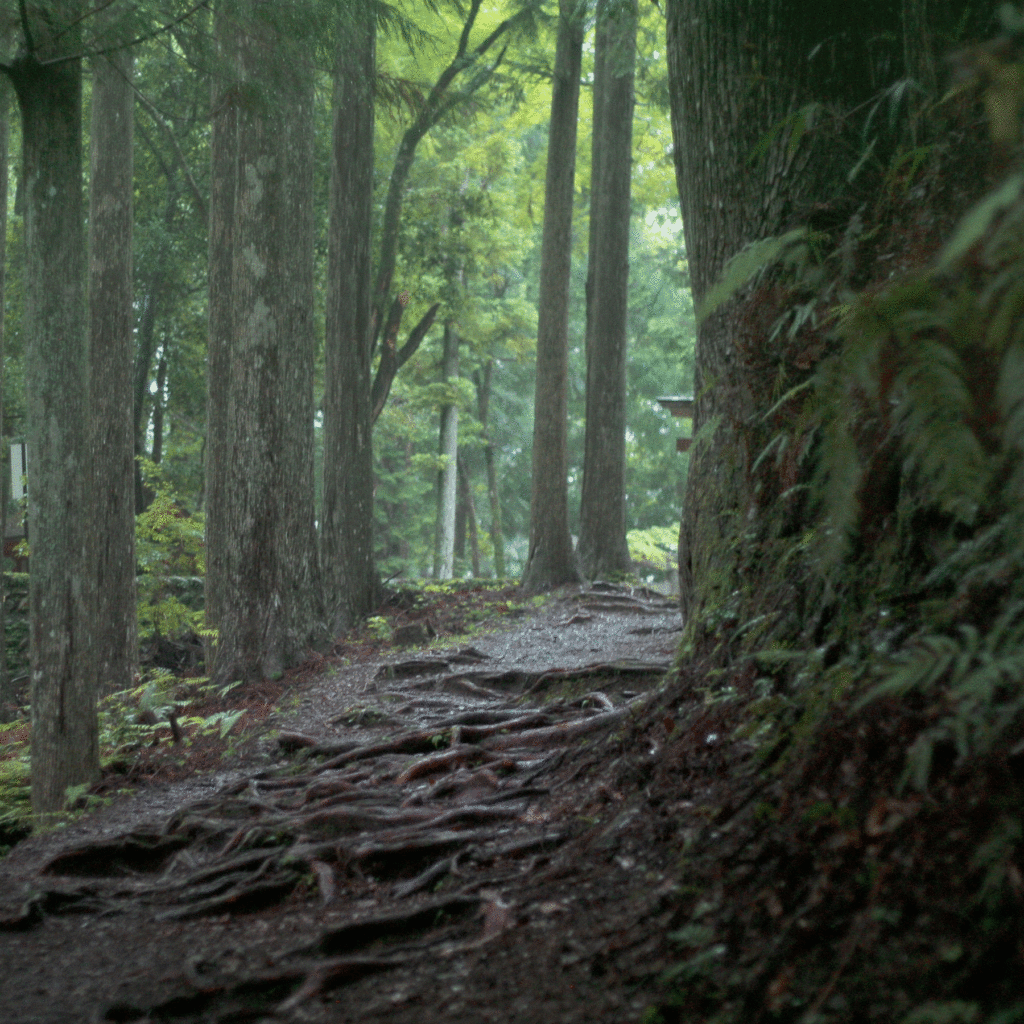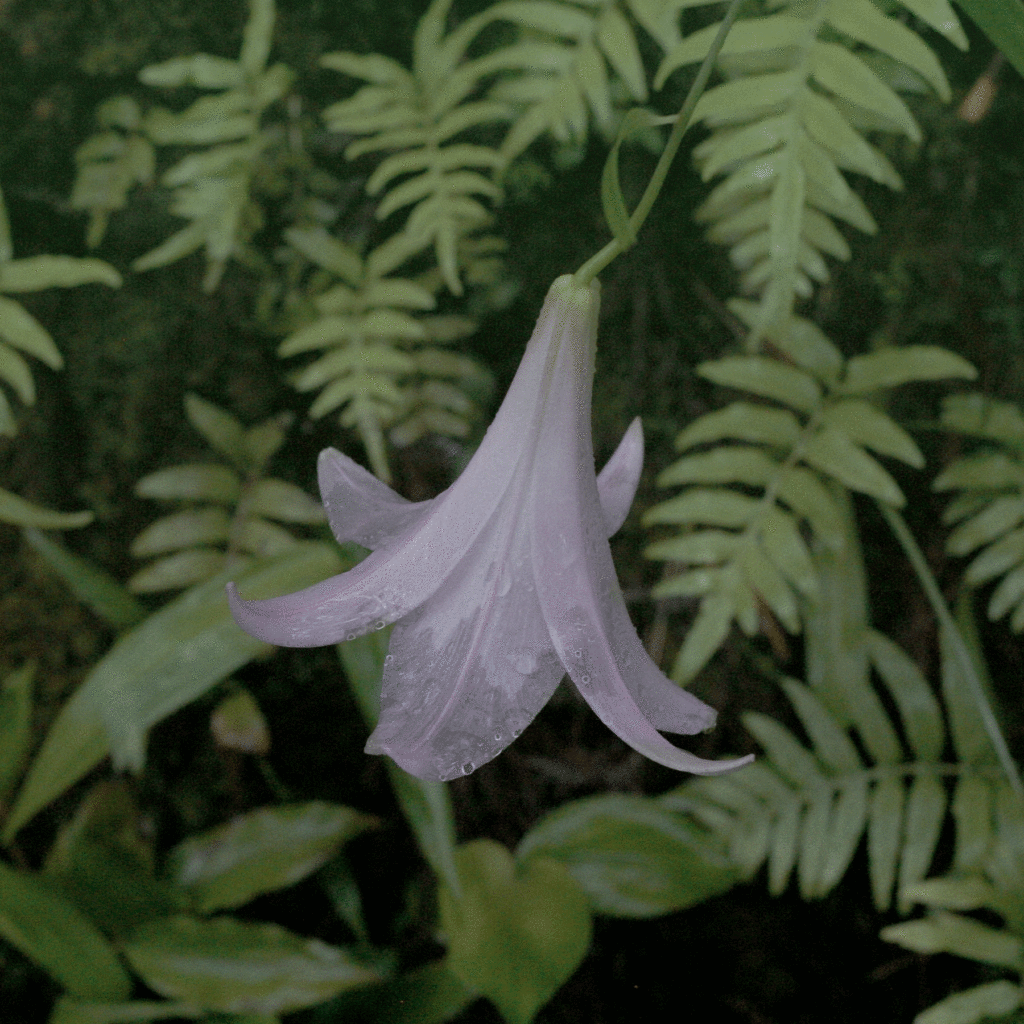Story 03 | Glimpsing at the oldest shapes
Asking the gods for specific blessings (success, love, money, peace, material things) is now so commonplace at Japanese shrines and temples, it has almost lost its sacredness. You simply write the request down, or give some coins. It has become a completely ritualized action. But in the Heien period (794 to 1185) people literally walked themselves to death along the Kumano Road to get close to the gods and ask for blessings. Tomohiko Yoshida, one of Japan’s experts on the Kumano Road, walked the path for a different kind of blessing.
“At first the road was walked only by the higher classes, those who could afford to take the time off work,” he says, “but at some point around the Heien period, the public began to walk the road, more and more, when asking for specific help from the gods became popular.” In those days the forests harbored thieves and groups of pilgrims would follow behind Sumurai or warriors carrying a passport in one pocket — in those day you needed permission from a local lord to travel — and money for their gravestone in the other. In the 21st century, walking the road has become a lonely journey and when Tomohiko walked the road in 2004, he was almost always alone. “I wanted to experience the culture of people walking the road, but I suppose that culture has gone now. Instead I met buddhist statues and the graves of those who died along the path.”

The Kumano Road is a network of stone paved trails which criss-cross the Kii Mountain Range from Ise Shrine, down the peninsula through cedar forests, and back up through rocky mountain passes to Nara and Mount Koya. The atmosphere is otherworldly; deep valleys with primeval forests and mountain peaks, wrapped in ever-present mist, rain and fog. Tomohiko’s path to the Kumano Road was a convoluted one.
Born in Tokyo in 1969, he finished University at the height of Japan’s economic bubble, and became a salaryman. “It was an easy life, but I didn’t like the situation in Japan, I questioned what it means to be Japanese, and I began traveling a lot outside of Japan, seeking something different.” After returning to Japan he walked the Kumano Road. “After walking the road I felt more confident about what being Japanese means, I felt reconnected.” There are still those who walk the Kumano road as part of their spiritual journey — secretive mountain ascetics who follow the Shugendo way — but these days, most of the Japanese pilgrims are seeking answers to different existential questions, trying to catch a glimpse at their origins. “In modern japan only the shape of the old ways of thinking remain, the substance has gone,” says Tomohiko. “In Kumano I saw the roots of those shapes. I really felt connected, I saw that everything is from nature and the entire process of living is from nature.”
< PAPERSKY no.39(2012)>












